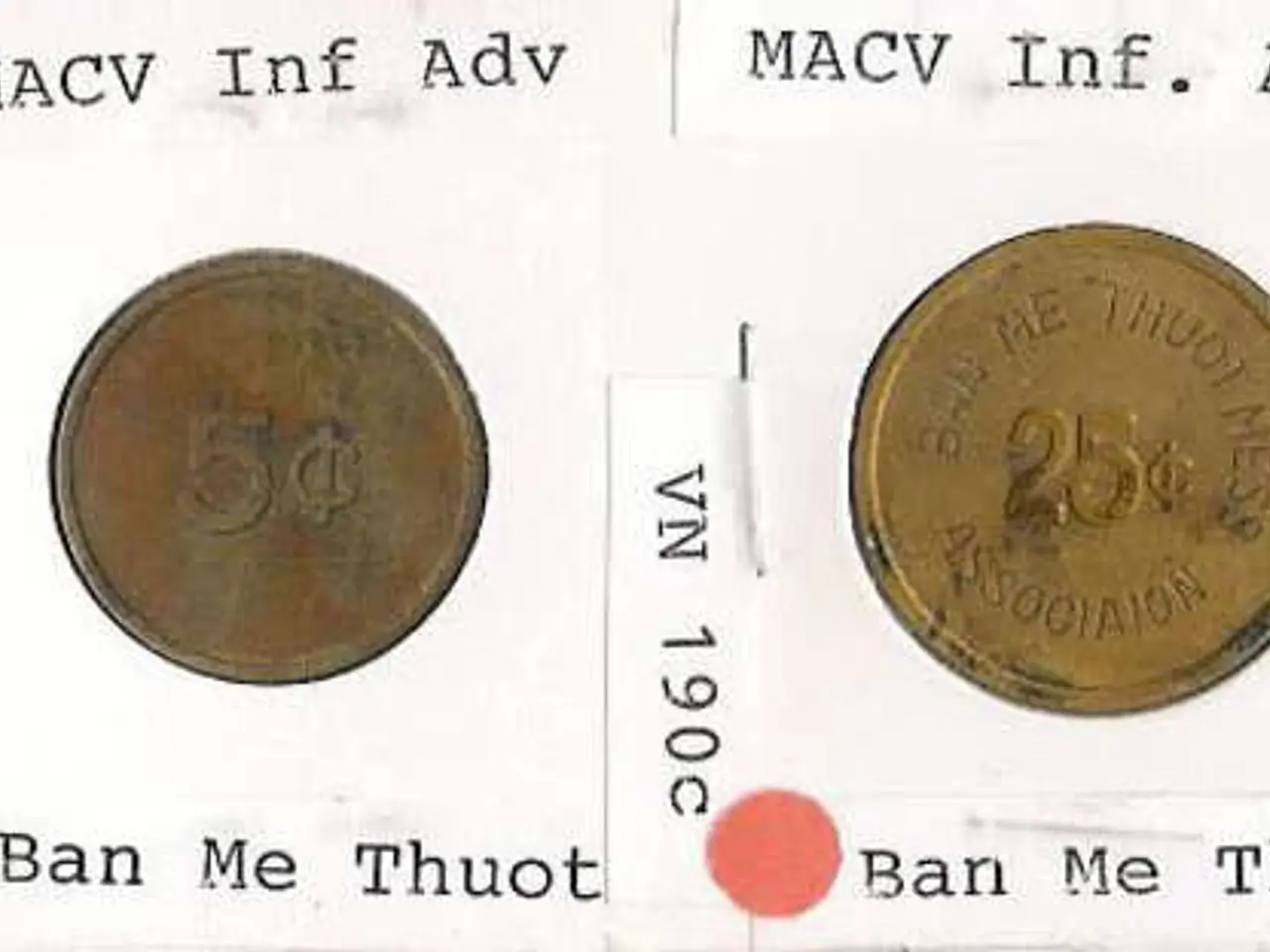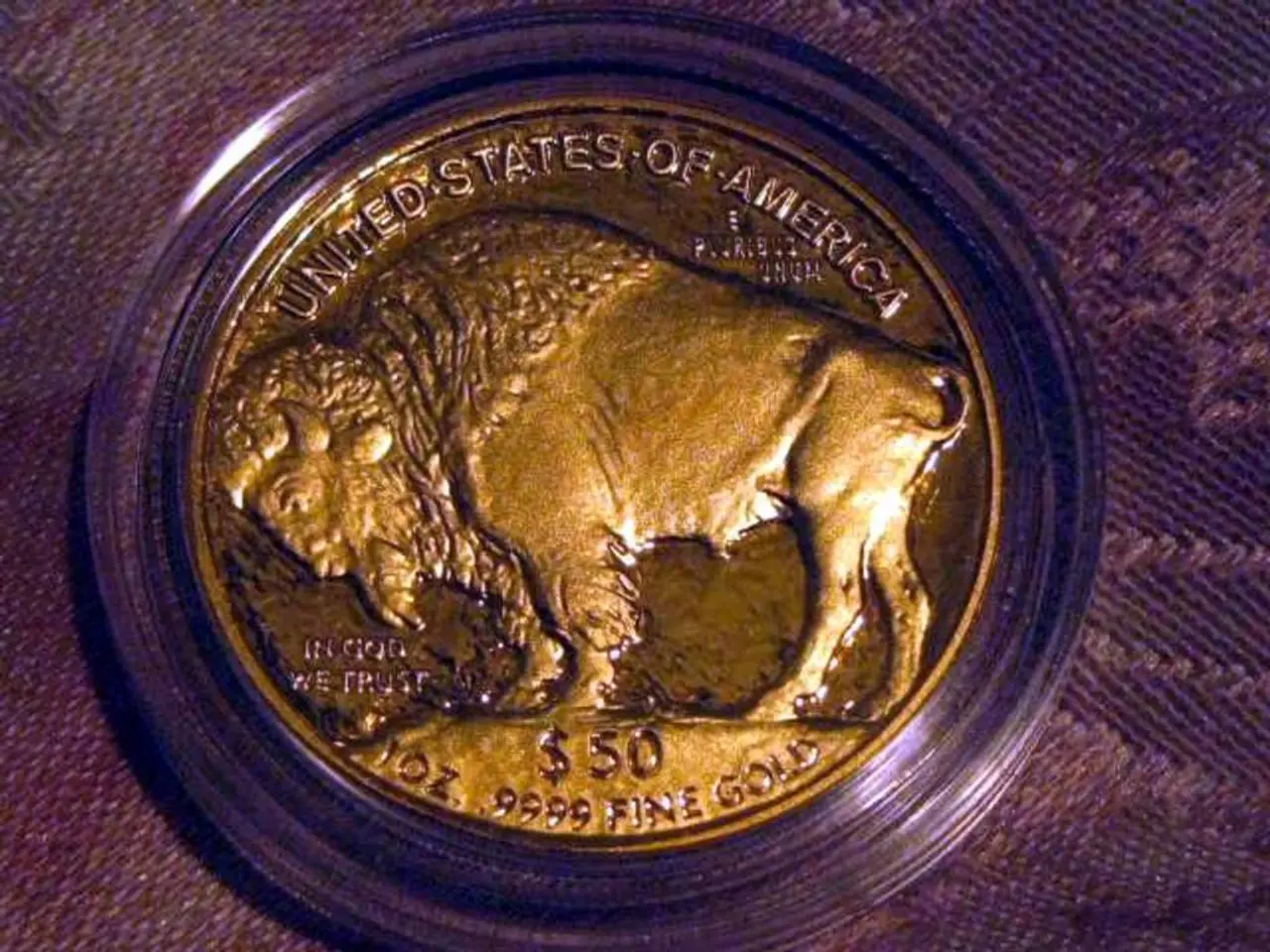American Coinage Lacks Numerical Denominations - Even the Government Remains Mystified as to the Reason Why
==========================================================================================
The design of U.S. coins has long been a subject of interest, with many wondering why numerals are not prominently featured to indicate their denominations. In contrast to many other countries, the United States has historically relied on symbolic and iconic imagery, as well as words denoting value, to communicate the worth of its coins.
One of the most commonly used phrases on U.S. coins is "Quarter Dollar," "Half Dollar," or simply "DOLLAR" and "CENT." For example, the quarter, worth 25 cents, is marked "Quarter Dollar" rather than "25." This practice dates back to the establishment of the U.S. coinage system in 1792 and reflects a design philosophy that values artistry and symbolism over direct numeric identification.
This approach to coin design is rooted in early choices made to convey both the country’s heritage and identity. Coins often feature presidents' portraits, national symbols (eagles, shields), and mottos, such as "Liberty," "E Pluribus Unum," and "In God We Trust." These designs have shaped the visual language of U.S. coins and continue to be a source of national pride.
The use of words instead of numbers is part of the official minting tradition and legal standards. This practice reinforces denomination verbally rather than numerically, relying on public familiarity with coin sizes and types to recognize value without numerical labels.
While this design choice may be confusing for non-English speakers and newcomers to the country, it is a reflection of a historical and cultural preference favoring symbolic images and words over numeric values. The U.S. Embassy in Japan, for instance, addresses the confusion caused by the coinage system for foreigners.
The transition in the 1960s saw the removal of silver from coinage, with a copper-nickel combination used instead. Despite the change in materials, the coinage system has maintained its traditional design conventions.
The law specifies requirements about size, weight, thickness, and metallic composition of coins, but it does not prohibit denomination numerals or prefer spelling out denominations in words. However, the U.S. Mint has used numerical descriptions of coin values sparingly since 1792.
It is worth noting that the U.S. government is considering discontinuing the penny due to its low value, a decision that could further shift the design conventions of U.S. coins. The U.S. could potentially save approximately $4.4 billion by discontinuing one dollar bills in favor of dollar coins, according to the Government Accountability Office.
In contrast, some other nations’ coins commonly use numbers as a straightforward method to aid quick recognition and usability, especially in multilingual environments or where coin sizes are less standardized.
In conclusion, the U.S. tradition reflects a historical and cultural preference favoring symbolic images and words over numeric values on coins, rooted in early design choices and maintained for continuity and identity purposes. This unique approach to coin design is a testament to the nation's rich history and enduring traditions.
[1] Law regarding U.S. coinage design [2] History of U.S. coinage design [3] U.S. Mint's design process [4] Government Accountability Office report on dollar coins [5] U.S. Embassy in Japan's guide for foreigners on U.S. currency
Money in the U.S., as depicted on coins, often relies on symbolic and iconic imagery, as well as words denoting value, rather than prominent numerals to indicate denominations. This financial practice is deeply rooted in business decisions made in the 18th century to showcase the country's heritage and identity.
The use of technology in U.S. coins has evolved over time, with the transition from silver to a copper-nickel combination in the 1960s, but the design conventions that prioritize symbolism and words over numeric values remain a key aspect of the industry.




